Caring For Wine Caps – Tips On Growing Wine Cap Mushrooms
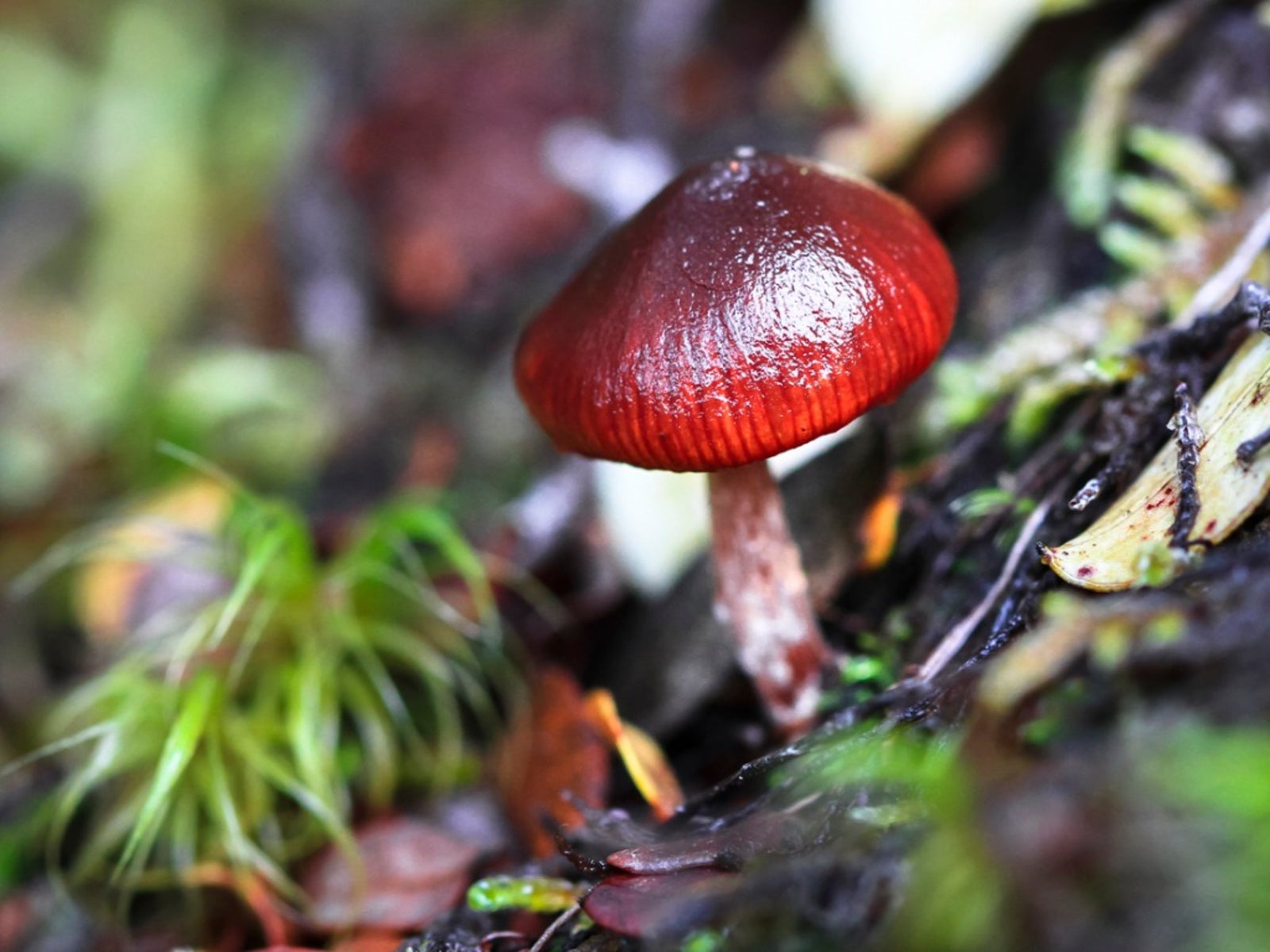

Mushrooms are an uncommon but very worthwhile crop to grow in your garden. Some mushrooms cannot be cultivated and can only be found in the wild, but plenty of varieties are easy to grow and a great addition to your yearly produce haul.
Growing wine cap mushrooms is very easy and rewarding, as long as you provide them with the right conditions. Keep reading to learn more about how to grow wine cap mushrooms and wine cap mushroom cultivation.
How to Grow Wine Cap Mushrooms
Wine cap mushroom cultivation works best if you buy a kit of material that’s been inoculated with mushroom spores.
Start in the spring to ensure a harvest sometime during the growing season. Wine cap mushrooms (Stropharia rugosoannulata) grow best outdoors in a sunny location. To create a raised mushroom bed, lay out a border at least 10 inches (25.5 cm.) high made of cinder blocks, brick, or wood. You want about 3 square feet per pound (0.25 sq. m. per 0.5 kg.) of inoculated material. Fill the space inside with 6 to 8 inches (15 to 20.5 cm.) of a mix of half compost and half fresh wood chips. Spread your spore inoculate over the area and cover it up with 2 inches (5 cm.) of compost. Water it thoroughly, and continue to keep the area moist.
Caring for Wine Caps
After a few weeks, a white layer of fungus should appear on top of the compost. This is called mycelium, and it’s the basis for your mushrooms. Eventually, mushroom stalks should appear and open up their caps.
Harvest them when they’re young, and be ABSOLUTELY SURE you can identify them as wine cap mushrooms before eating them. It’s possible for the spores of other mushrooms to take hold in your mushroom bed, and many wild mushrooms are poisonous. Consult a mushroom guide and always make a 100% positive identification before eating any mushroom.
If you let some of your mushrooms keep growing, they’ll deposit their spores in your garden, and you’ll be finding mushrooms in all kinds of places next year. It’s up to you whether or not you want this.
Gardening tips, videos, info and more delivered right to your inbox!
Sign up for the Gardening Know How newsletter today and receive a free copy of our e-book "How to Grow Delicious Tomatoes".
At the end of the summer, cover your mushroom bed with 2-4 inches (5 to 10 cm.) of fresh wood chips - the mushrooms should return in the spring.

The only child of a horticulturist and an English teacher, Liz Baessler was destined to become a gardening editor. She has been with Gardening Know how since 2015, and a Senior Editor since 2020. She holds a BA in English from Brandeis University and an MA in English from the University of Geneva, Switzerland. After years of gardening in containers and community garden plots, she finally has a backyard of her own, which she is systematically filling with vegetables and flowers.
-
 Grow ‘Karl Rosenfield’ Peony Plants For The Ultimate Frilly Border Beauties And Cut Flowers
Grow ‘Karl Rosenfield’ Peony Plants For The Ultimate Frilly Border Beauties And Cut FlowersFor frilly double magenta peony petals infused with a heady fragrance, grow ‘Karl Rosenfield’ peony plants. Here’s how to cultivate the ultimate plushy blooms
By Tonya Barnett
-
 10 Common Composting Problems That Can Spoil Your Garden Gold – Plus Easy Fixes
10 Common Composting Problems That Can Spoil Your Garden Gold – Plus Easy FixesLearn how to troubleshoot common composting issues before they ruin your stash – from bad smells and bugs to materials not breaking down as they should.
By Susan Albert
-
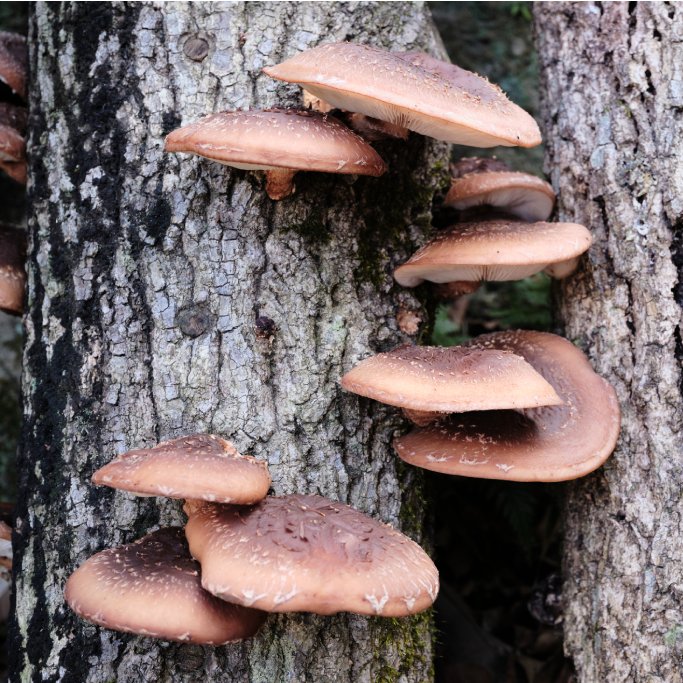 Which Types Of Wood To Use For Growing Fungi
Which Types Of Wood To Use For Growing FungiWondering about the best logs for mushroom plugs? Match the mushroom type to the tree variety for a great crop of delicious mushrooms.
By Bonnie L. Grant
-
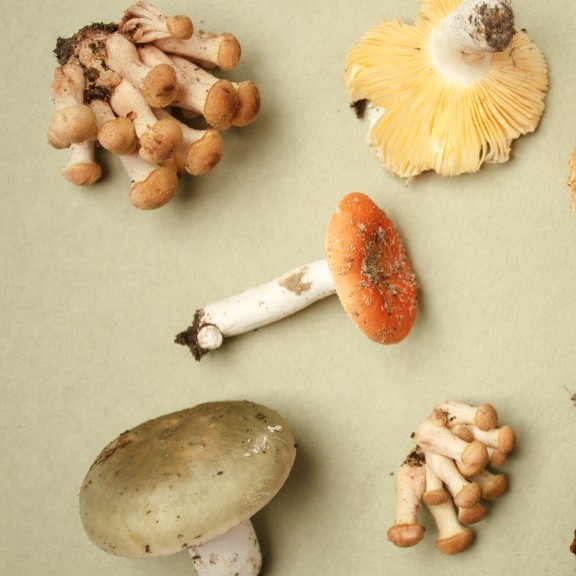 Types Of Edible Mushrooms & Their Poisonous Look-Alikes
Types Of Edible Mushrooms & Their Poisonous Look-AlikesTypes Of Edible Mushrooms & Their Dangerous Doppelgangers
By Bonnie L. Grant
-
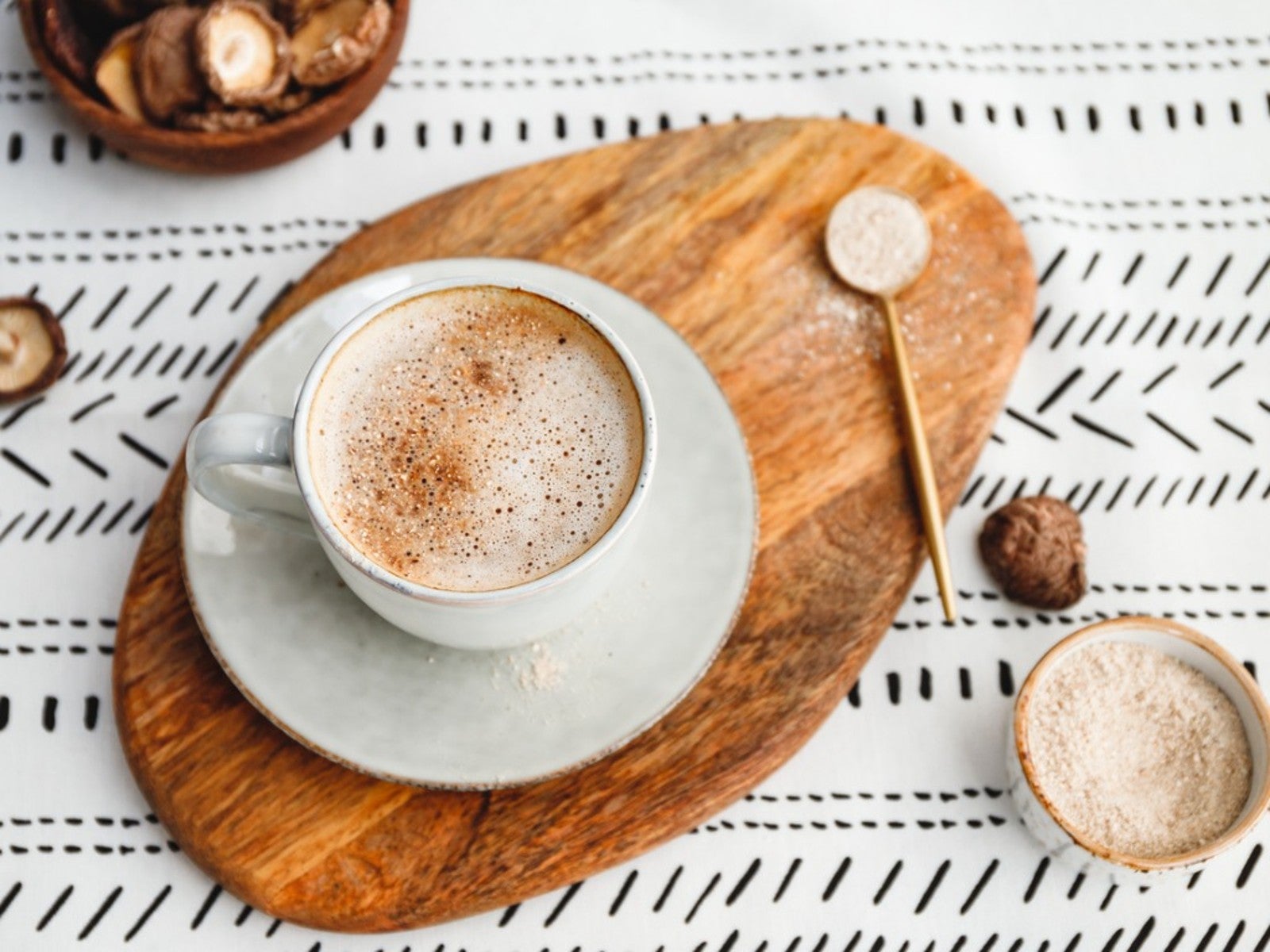 Make Your Own Mushroom Coffee From Homegrown Fungi
Make Your Own Mushroom Coffee From Homegrown FungiWhat is mushroom coffee? Can you make your own mushroom coffee at home? Click here to learn more.
By Laura Miller
-
 Growing Mushrooms In Coffee Grounds At Home
Growing Mushrooms In Coffee Grounds At HomeLearn how re-using coffee grounds for mushroom substrate is great for the mushrooms and good for the planet.
By Bonnie L. Grant
-
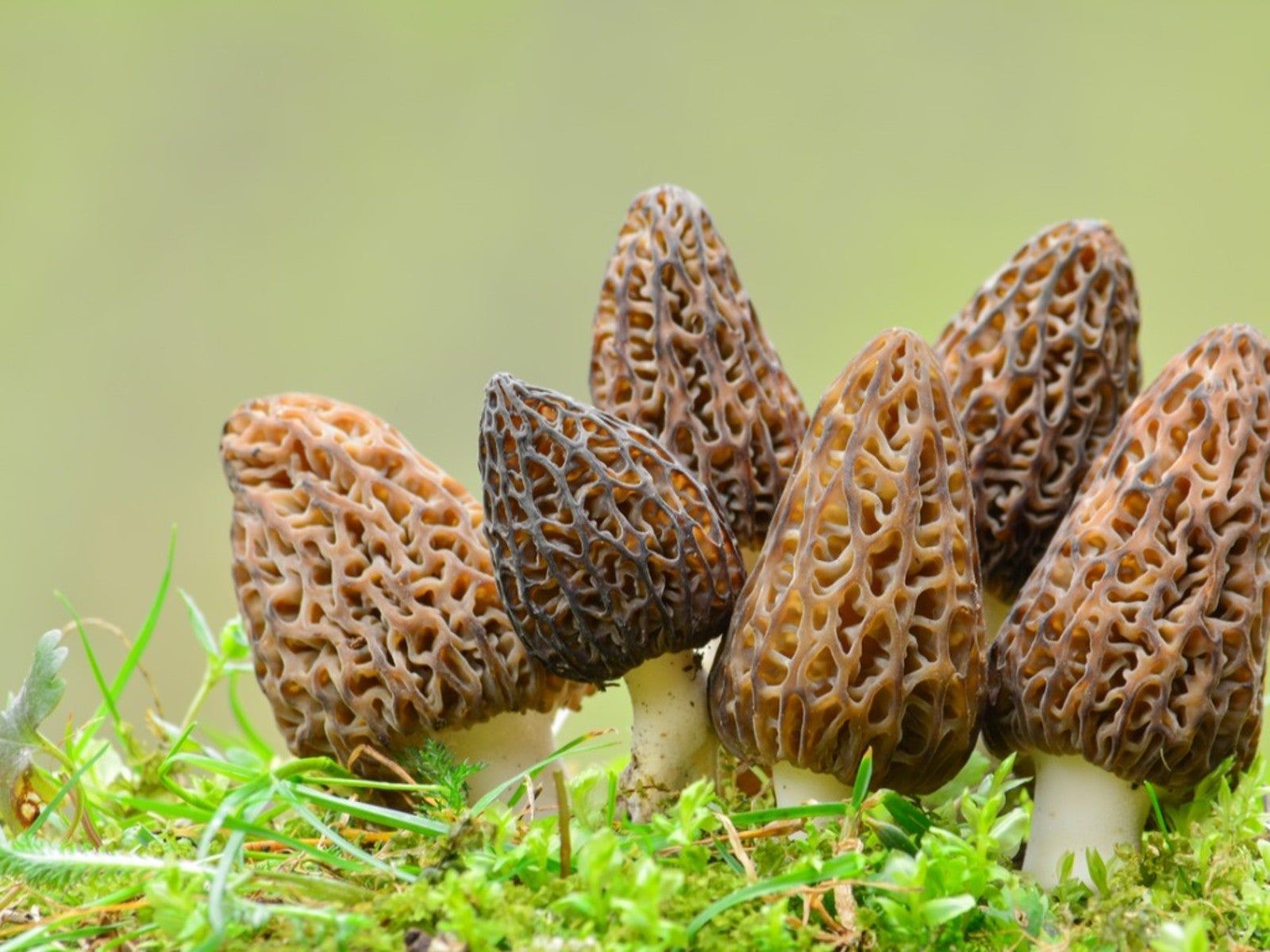 How To Grow Morel Mushrooms: Growing Morel Mushrooms At Home
How To Grow Morel Mushrooms: Growing Morel Mushrooms At HomeMorel mushroom growing conditions are difficult to pinpoint. Some expert tips are necessary on how to grow morel mushrooms.
By Bonnie L. Grant
-
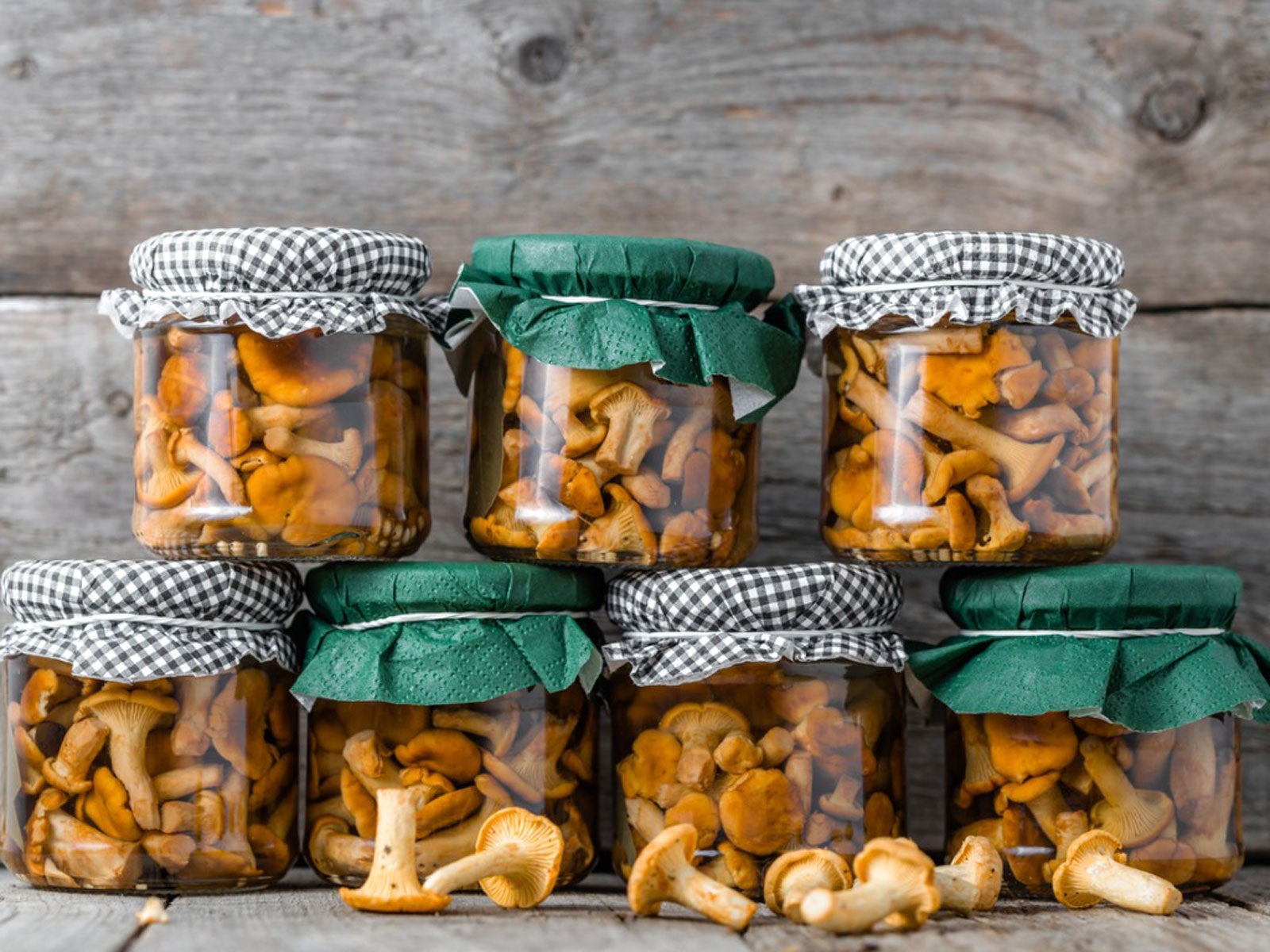 Home Canning Mushrooms – Tips For Storing Mushrooms In Jars
Home Canning Mushrooms – Tips For Storing Mushrooms In JarsAre you contemplating home canning mushrooms, but are nervous about safety? Click here to explore how to can mushrooms safely.
By Laura Miller
-
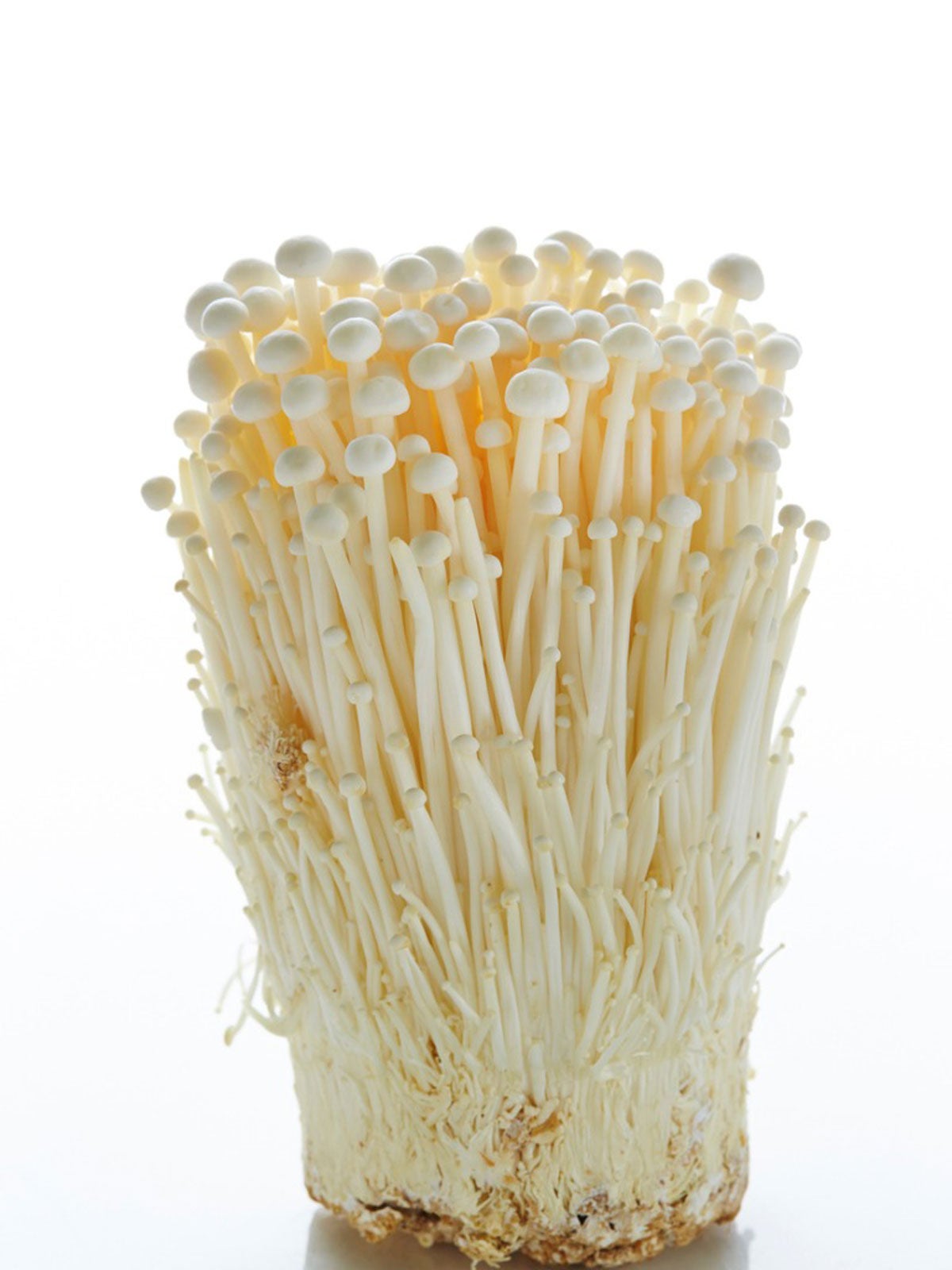 Enoki Mushroom Info – Tips For Growing Enoki Mushrooms Yourself
Enoki Mushroom Info – Tips For Growing Enoki Mushrooms YourselfEnoki mushrooms are very delicate fungi in an almost filament form. They are often the only mushrooms available in winter. If you like eating enoki mushrooms, you might try growing them yourself. Learn more about enoki mushrooms and how to grow them here.
By Bonnie L. Grant
-
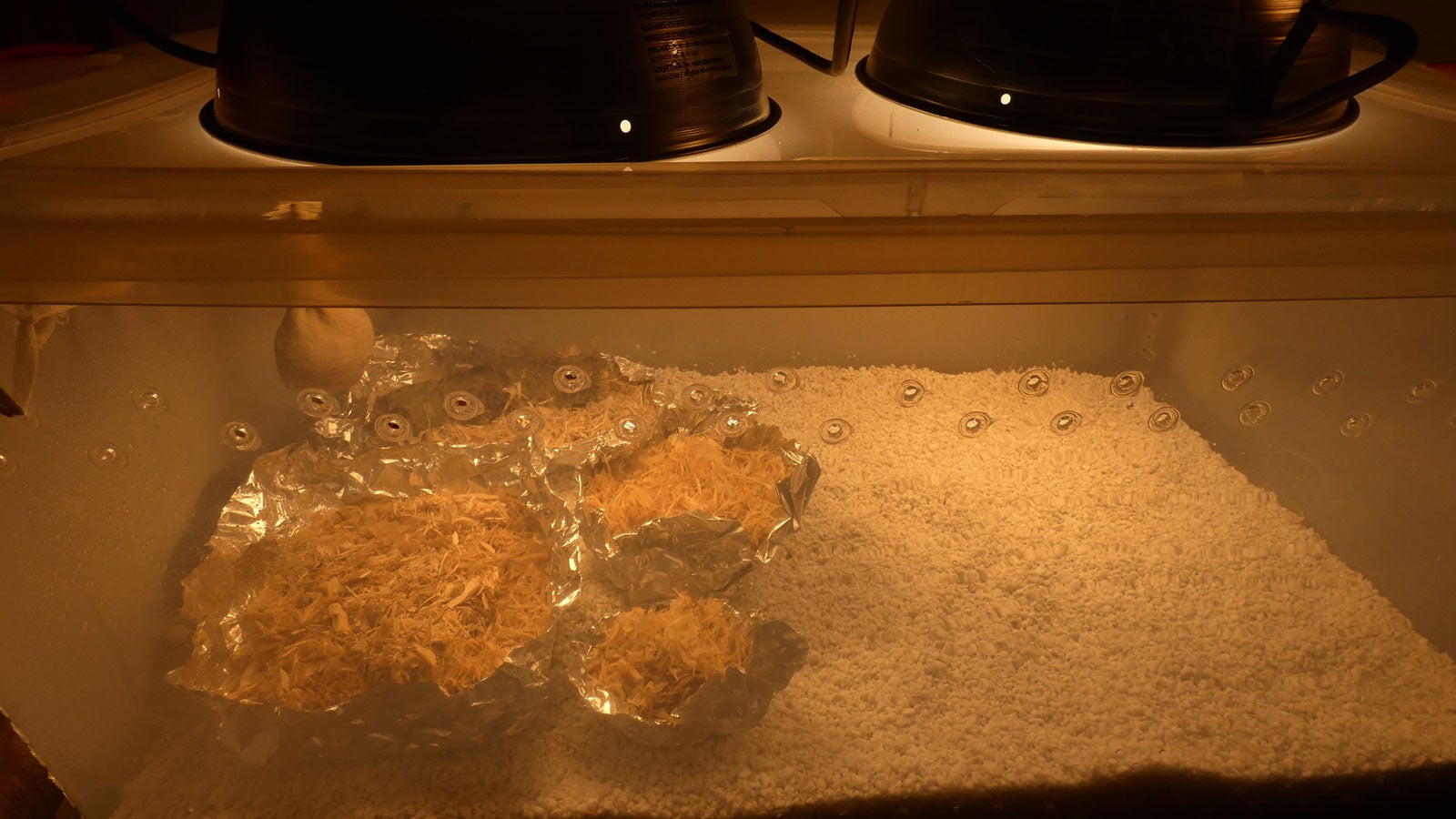 Growing Mushrooms At Home: How To Make A Mushroom Fruiting Chamber
Growing Mushrooms At Home: How To Make A Mushroom Fruiting ChamberSetting up a mushroom fruiting chamber is really the only difficult thing about growing mushrooms at home, and even then, a DIY mushroom house doesn’t have to be complex. To learn how to make your own mushroom fruiting chamber, click the following article.
By Amy Grant